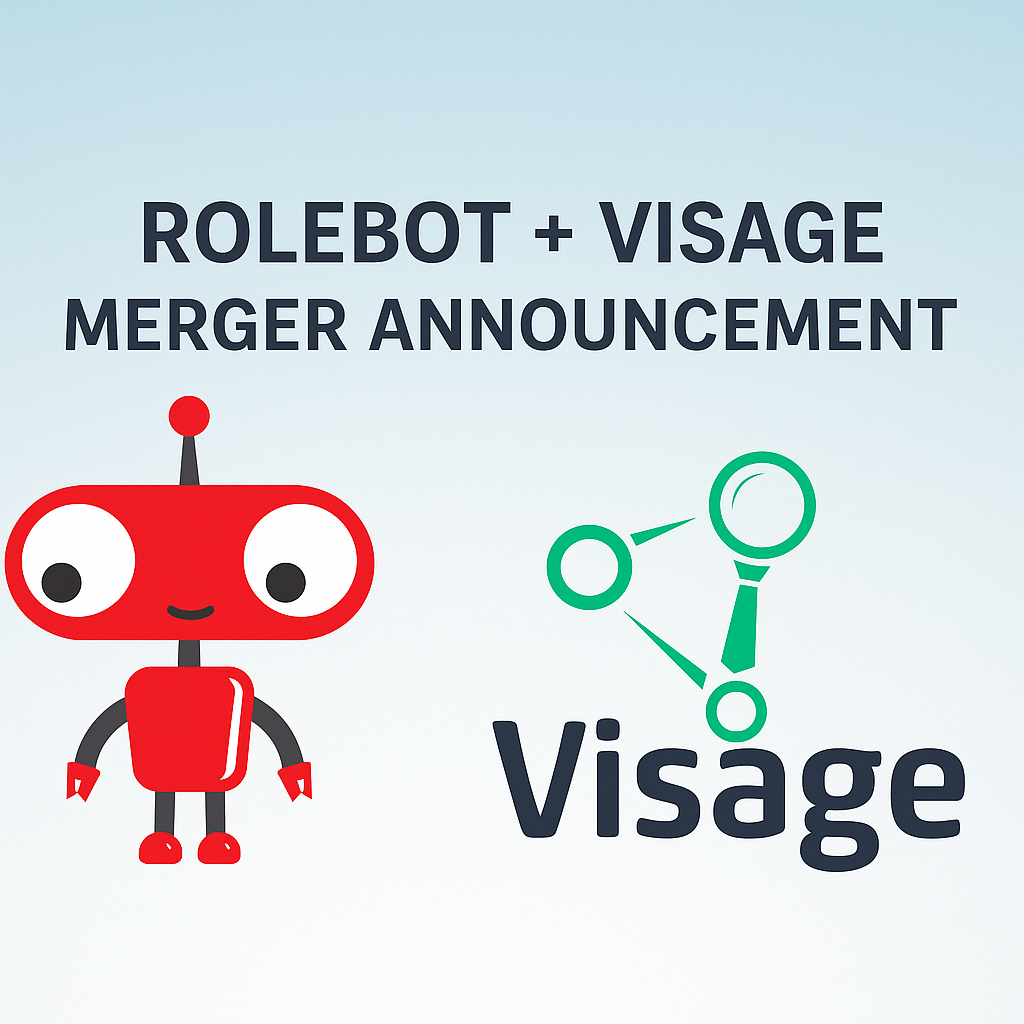Rolebot & Dunaway

Dunaway: Driving Double Growth Over the Next 5 Years with Modernized Recruiting
Since its founding in 1956, Dunaway, a Texas-based multidisciplinary engineering firm, has evolved significantly from its humble beginnings as a small surveying company founded by Jim Dunaway in Fort Worth.
Now with eight offices across the state and 376 employees, the company has built a strong reputation as a multifaceted organization with expertise in civil engineering, structural engineering, landscape architecture, surveying, and construction inspection through both organic growth and strategic acquisitions.
Throughout the company’s evolution, innovation has been at the cornerstone of Dunaway’s success. Take for instance, the World Heritage Visitor Center project in San Antonio, a combined civil and structural engineering and landscape architecture project involving community collaboration with local artists, contractors and architects.
Or the Paula Walker Elementary School project, in which Dunaway’s engineers and architects created a unique curved floor plan, including a two-story library with a rock wall and wooden slide – proving there’s more than one way to next-level success, whether you’re creating spaces that are both functional and engaging or finding new ways to keep up with growing hiring demands.
Pre-Rolebot Challenges to Attract and Engage Talent
Before implementing Rolebot, Dunaway faced several challenges in its hiring processes, says Paula Mendiola, the firm’s Talent Acquisition (TA) Advisor who came on board in November 2023. Dunaway was using LinkedIn’s Recruiter Lite and ZoomInfo, but the company was struggling to keep up with the demand and had 30 or more open positions at any given time.
One major hurdle was the difficulty in sourcing candidates. Dunaway’s strong presence in Fort Worth was an advantage; but the company’s visibility was limited in other parts of Texas, and the company was pressed to build their presence quickly, Mendiola says.
Additionally, the firm had traditionally relied on college internship programs and spent less focus on hiring for permanent positions. The time it took to research and source candidates, along with the lack of candidate engagement, plus limited resources and responses to outreach efforts, made the hiring process even more challenging.
Moreover, many of Dunaway’s specialized roles, such as professional engineers with specific licenses or backgrounds in civil, structural, or survey engineering, only made the situation more complex. Dunaway needed candidates with precise skill sets — like licensed engineers or those with experience in subsurface utility engineering — and the talent pool was narrow.
As the firm set ambitious goals to double its employee count over the next five years, finding the right people for these roles became increasingly urgent. With little time, resources and a growing demand for qualified candidates, Mendiola turned to Rolebot.
Enter Rolebot May 2024
Shortly after Mendiola was hired, she spent six months sourcing and reaching out to candidates. “We were not getting many applications or responses,” she says. “I had 30-plus openings and not enough time to source and screen while building processes.”
Then she found Rolebot, which she soon discovered, “is like having an agency working with me but at a fraction of the cost.”
Since last year, Rolebot has helped Dunaway hire a seasoned structural engineer, who now heads the commercial side of the business in Houston; a Registered Professional Licensed Surveyor (RPLS) in Austin; a project accountant with hard-to-find experience in Architecture, Engineering and Construction (AEC); and a well-respected female engineer.
For the latter engineering role, the department manager had stressed the urgency of filling this role quickly, so when Mendiola sent him a great candidate that Rolebot had found in three days, she says it made her look like “a hero and a super recruiter!”
One of the biggest advantages Dunaway has experienced by using Rolebot is its ability to both source and engage candidates. Unlike traditional recruitment methods, Rolebot provides personalized emails and continuous follow-up, helping Dunaway attract candidates who might have otherwise been missed.
“I have screened some really great candidates and love that they just show up on my calendar,” she says.
Rolebot hasn’t just helped fill positions more quickly — it’s also enhanced the diversity of Dunaway’s workforce. Of the five successful hires made through Rolebot, four were from diverse backgrounds.
By identifying talent that a recruiter wouldn’t have been able to uncover manually, expediting the review of qualifications, and following up with personalized engagement, Rolebot has been nothing short of “a game changer,” Mendiola says.
Now, as Dunaway plans to double its workforce over the next five years, Rolebot is helping Dunaway stay on track with its goals.
“Rolebot makes it so much easier to do my job,” says Mendiola. “It’s like having my own private sourcer. Rolebot is definitely an instrumental part of the team!”
Rolebot is like having an agency working with me
but at a fraction of the cost.
See how Rolebot can supercharge your recruiting process.
This Could Also Interest You:



